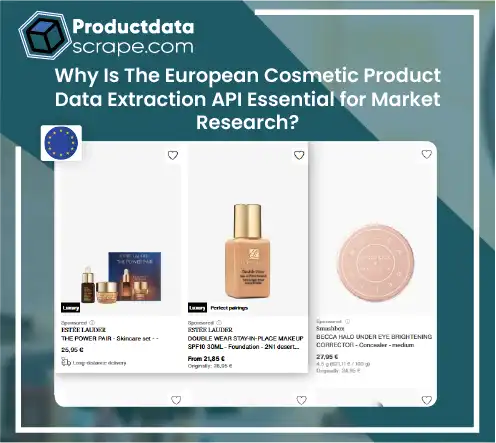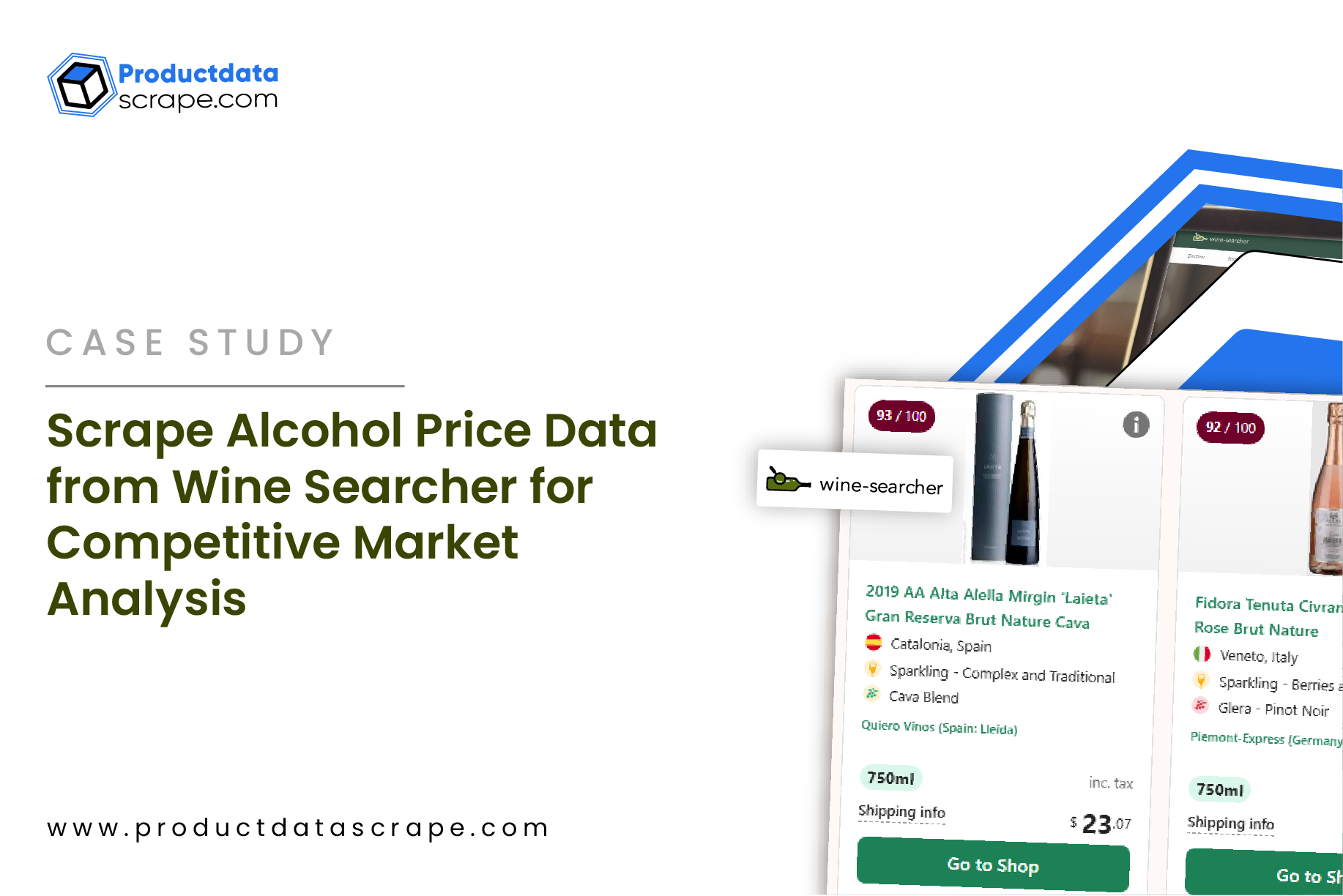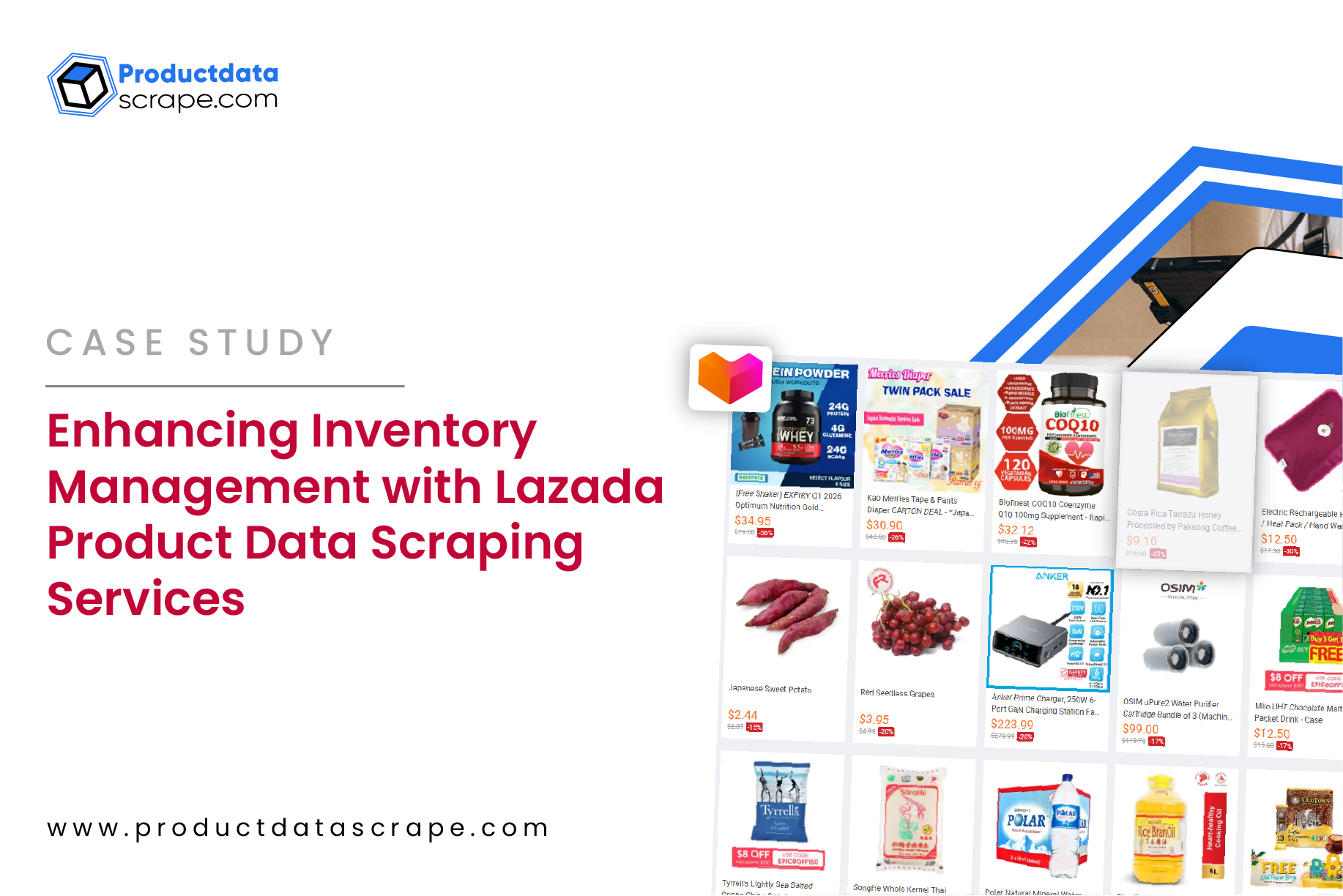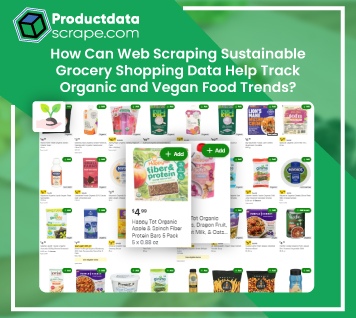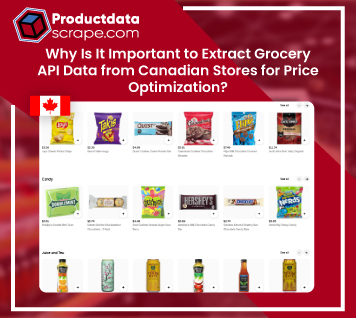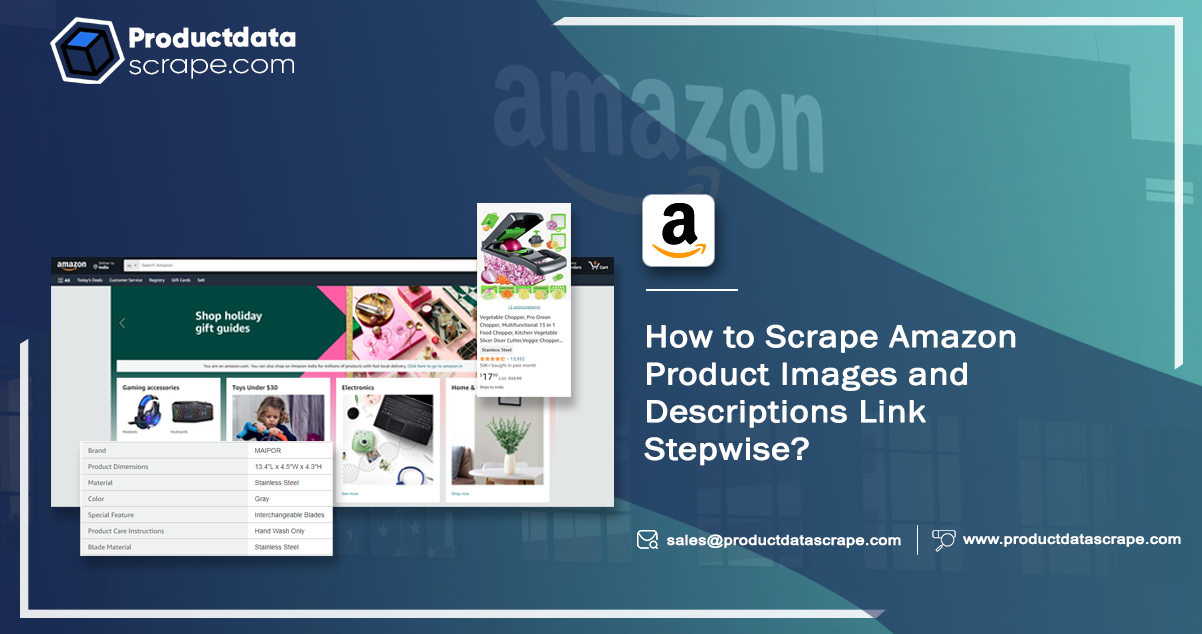
Amazon, recognized as the preeminent e-commerce giant in the United States,
stands at the forefront of global online marketplaces, boasting an unparalleled and diverse
product inventory. Within this vast repository of items lies a treasure trove of invaluable data
helpful for myriad purposes. Leveraging web scraping techniques allows you to unlock the
potential of this data goldmine. This comprehensive guide serves as your beacon, illuminating
the path toward the efficient extraction of product information and pricing details from Amazon.
By navigating the intricacies of Amazon web scraping and employing essential tools and
strategies, you'll better understand how to harness this wealth of information for your specific
needs, be it for market research, competitive analysis, or other insightful applications.
In the vast e-commerce landscape, Amazon is the largest and most influential
marketplace. With an extensive product catalog that spans the globe, Amazon provides abundant
product information, making it a valuable resource for various applications, from competitive
analysis to building affiliate websites. One of the keys to unlocking this wealth of information
is web scraping, a technique that allows you to extract data from websites efficiently.
This guide will delve into the art of scraping Amazon product links and images,
revealing how you can leverage web scraping tools and methods to obtain these valuable assets.
Whether you're a business owner seeking to understand market trends, a developer creating an
affiliate marketing platform, or a researcher analyzing consumer behavior, scrape Amazon product
images and descriptions links to equip with essential insights and data. By the end of this
guide, you'll have a comprehensive understanding of the processes and tools at your disposal,
enabling you to harness the power of Amazon's product data for your specific needs.
The Advantages of Amazon Web Scraping

Scraping Amazon data is a game-changer, empowering you to focus on essential
aspects like competitor price research, real-time cost tracking, and adapting to seasonal market
shifts to offer consumers more attractive product deals. This technique lets you extract
pertinent information from Amazon's website, organizing it into user-friendly formats like
spreadsheets or JSON files. Furthermore, you can automate the process using an Amazon data
scraper, ensuring that your data remains current weekly or monthly.
Unfortunately, Amazon does not provide a straightforward method for exporting product data directly to a spreadsheet. Whether you're engaged in competitor analysis, price comparisons, building an API for a project, or fulfilling any other business requirement, web scraping e-commerce websites offer the ideal solution. This challenge becomes effortlessly manageable with e-commerce data scraping services.
Let's delve into some specific benefits of employing a web scraper for Amazon:
- Enhanced Amazon SEO and Marketing: You can harness data from product search
results to elevate your Amazon SEO status or optimize your Amazon marketing campaigns.
- Competitor Analysis: By scraping Amazon data, you can juxtapose your
product offerings with your competitors, which is crucial for strategic decision-making.
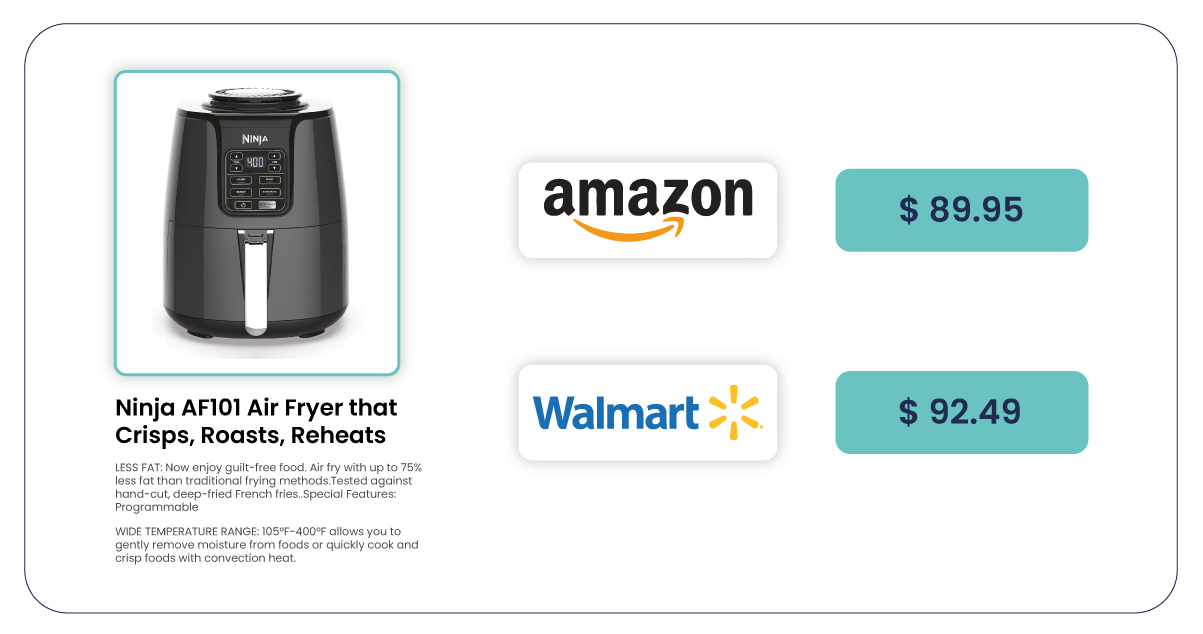
- Review Management and Product Optimization: Extracting review data enables
retailers and manufacturers to streamline review management and product optimization
processes.
- Discover Trends: Uncover trending products and explore the lists of
top-selling items within specific product categories.
Scraping Amazon's vast marketplace is a thriving business sector, with numerous
companies offering goods, pricing analysis, and monitoring solutions tailored explicitly for
Amazon. However, attempting large-scale Amazon data scraping can be challenging due to Amazon's
robust anti-scraping technology. Tackling such a colossal website can be daunting, especially
for beginners. This step-by-step guide is valuable, offering insights into Amazon data scraping,
particularly when employing Python Scrapy and Scraper API.
Steps Involved in Scraping Amazon Products from Home and Kitchen Category
Scraping Amazon product links and images from a specific category, such as
"Home and Kitchen," is a task that involves several steps. Please note to perform web scraping
responsibly, respecting Amazon's terms of service and legal regulations. Here are the general
steps involved:
Select the Right Web Scraping Tools:

Choose a web scraping tool or eCommerce scraper
suitable for your needs. Popular options include Python libraries like BeautifulSoup and Scrapy
and browser automation tools like Selenium.
Set Up Your Development Environment:
Install the selected web scraping tool and configure your development environment. Ensure you have Python installed along with any necessary dependencies.
Access Amazon's "Home and Kitchen" Category:
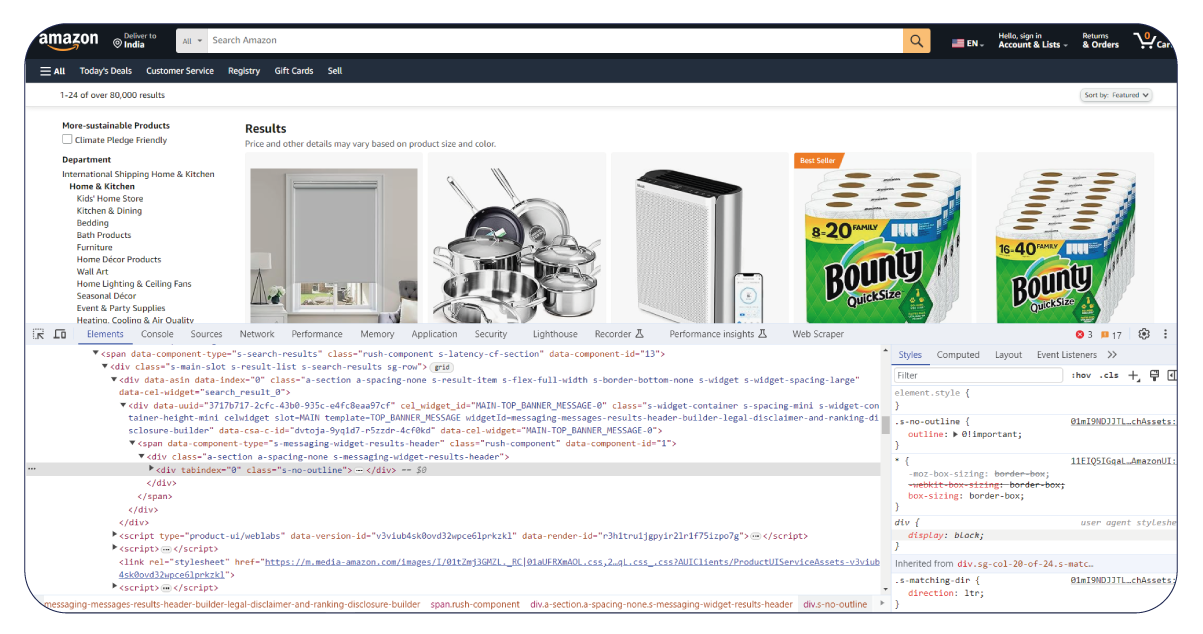
Use the web scraping tool to navigate Amazon's "Home and Kitchen" category. It typically involves sending an HTTP request to the category's URL.
Identify Product Links:
Inspect the HTML structure of the category page to identify HTML elements that contain product links. These links are often found within anchor () tags.

Iterate Through Pagination:
If multiple pages are in the category, you should iterate through the pages to scrape links from each page. Amazon typically uses pagination for search results.
Access Individual Product Pages:
Send an HTTP request to the product's URL for each product link. Parse the HTML of the individual product page to extract relevant information.
Extract Product Images:
Identify the HTML elements containing product images. Typically, images are within ![]() tags with specific attributes.
tags with specific attributes.

Store Data:
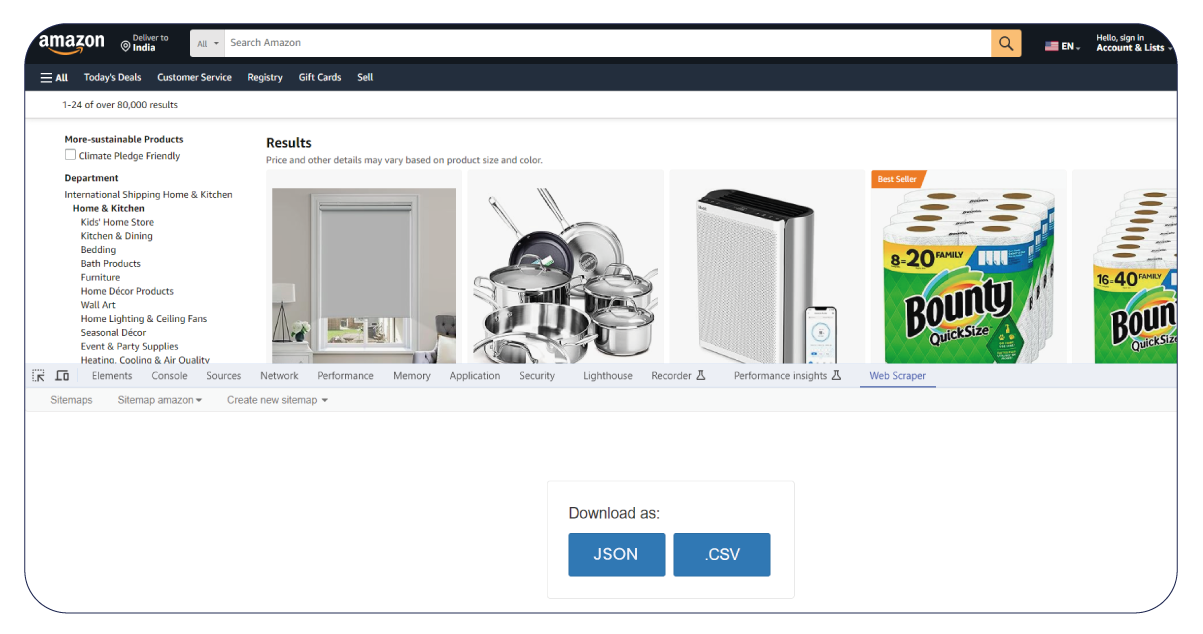
Save the extracted product links and image URLs to a structured data format such as CSV, JSON, or a database for further analysis.
Handle Anti-Scraping Measures:
Amazon employs anti-scraping measures. Consider using user-agent rotation, IP rotation, and random delays between requests to avoid detection.
Respect Legal and Ethical Considerations:
Ensure that your scraping activities align with Amazon's terms of service and legal regulations. Avoid overloading the website's servers with requests.
Monitor and Update:
To maintain up-to-date data, you can automate the scraping process to run periodically (e.g., weekly or monthly) and update your dataset.
At Product Data Scrape, we maintain the highest ethical standards in all
operations, including Competitor Price Monitoring
Services
and Mobile App Data Scraping. With a global presence spanning multiple offices, we consistently
deliver exceptional and honest services to meet the diverse needs of our valued customers.









